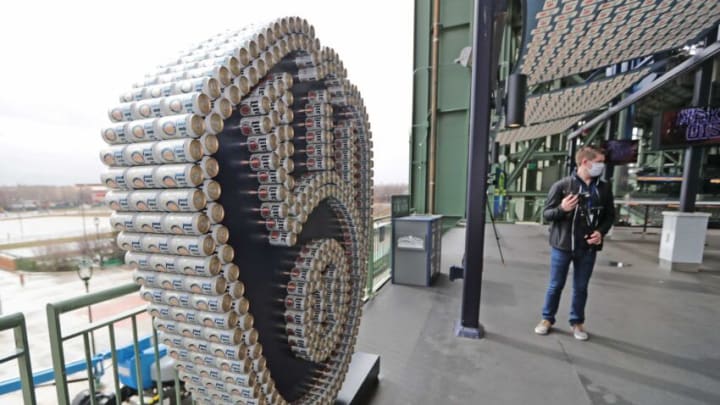The Milwaukee Brewers are in contention in the NL Central not because of anything general manager Matt Arnold has done, but because it’s virtually impossible not to be in contention in a division as lackluster as the NL Central.
At the season’s halfway point, Arnold’s Brewers are locked in a first place tie with the Cincinnati Reds, both at 43-38. Since the conclusion of the 2022 post-season, the contribution of Arnold and the Brewers front office — in terms of personnel adjustments — has been negligible.
Grading the Milwaukee Brewers at the midway point of the 2023 season
What follows is a mid-term assessment of Arnold’s personnel decisions since the conclusion of the 2022 World Series with a particular focus on the extent to which those decisions have helped or hindered the Brewers’ performance.
The standard of measurement is Wins Above Average (WAA), a variant of Wins Above Replacement (WAR). For this purpose, WAA is preferable because unlike WAR, it is zero-based. That means the sum of all the decisions made by Arnold impacting the 2023 team gives at least a good estimate of the number of games those moves have improved (or worsened) the team’s status this season.
A team’s front office impacts that team’s standing in five ways. Those five are:
1. By the impact of players it acquires from other teams via trade, purchase or waiver claim.
2. By the impact of players it surrenders to other teams in those same transactions.
3. By the impact of players it signs at free agency or extends.
4. By the impact of players it loses to free agency or releases.
5. By the impact of players it promotes from its own farm system.
Here’s how Arnold stacks up by those five yardsticks.
